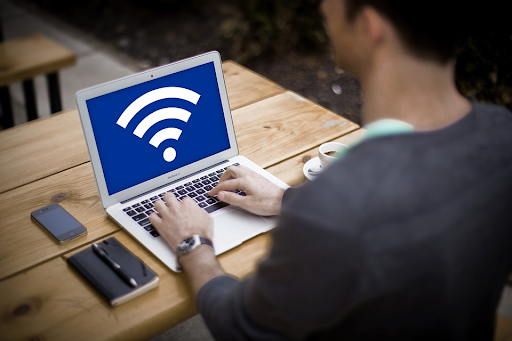With increases in data breaches and online theft, it has become more important than ever to secure your home Wi-Fi network. Here are some ways to protect your home internet connection:
Change the Default Login Details
Many routers come with default login details for their modem or router. These credentials are often posted on support pages and online forums. You must change the default login information immediately after setting up your router and make sure to use a strong username and password combination.
Set Up Encryption
Encrypting your Wi-Fi network is necessary to avoid password theft, but not all routers support encryption. If your router doesn’t support encryption, you may want to consider upgrading to a newer model. When setting up your home internet connection, use a company like McKinstry Wireless to guide you.
Disable SSID Broadcasting
This is a feature that allows you to hide your Wi-Fi network from others. When this setting is enabled, your Wi-Fi name (SSID) will not appear when someone scans for available Wi-Fi networks in your area.
Update Router Firmware
Most routers come with their own firmware updates to enhance performance and security. These updates get automatically installed through the router’s configuration page or may require manual installation, depending on the make of your device. Keep in mind that updating firmware can cause unstable connections or even router failure, so be sure to research the update before proceeding.
Turn off Your Wi-Fi When Not at Home
This prevents hackers from accessing all of those devices connected through Wi-Fi at once, which could lead to a data breach if they gain access to one device.
Use a Firewall
A firewall is security software that helps protect your computer from unwanted access and hacking attempts. A firewall can also block malicious content from being downloaded onto your device. There are many different types of firewalls available, both free and paid.
Deactivate WPS, UPnP, and Remote Management
Many routers have WPS (Wi-Fi Protected Setup) enabled by default. This feature allows you to easily connect new devices to your home network without entering a passphrase or encryption key. However, it’s not recommended because hackers can exploit this security flaw and get access to your Wi-Fi network using brute force attacks.
UPnP (Universal Plug and Play) is also not recommended as it allows devices to automatically configure port forwarding on your router. Finally, you should disable remote management if you don’t use this feature because hackers can potentially gain access to your network from outside of the home using their own device.
Use a VPN
A virtual private network (VPN) is an encrypted connection that allows you to browse the internet anonymously. This means no one will be able to see what websites you visit or track your activity online unless they have access to your computer’s IP address, which can only be done by installing software on the device itself. When using a VPN service, it’s important to choose one that offers strong encryption and uses servers located in different countries around the world so that you won’t connect through just one specific country every time.
Your home may have a range of devices connected wirelessly ranging from smartphones and laptops to cameras, smart TVs, and even security systems. By following these steps, you will help ensure that only those devices you authorize can access your home Wi-Fi and the valuable information it stores. This prevents hackers from accessing all of those devices connected through Wi-Fi at once, which could lead to a data breach.

